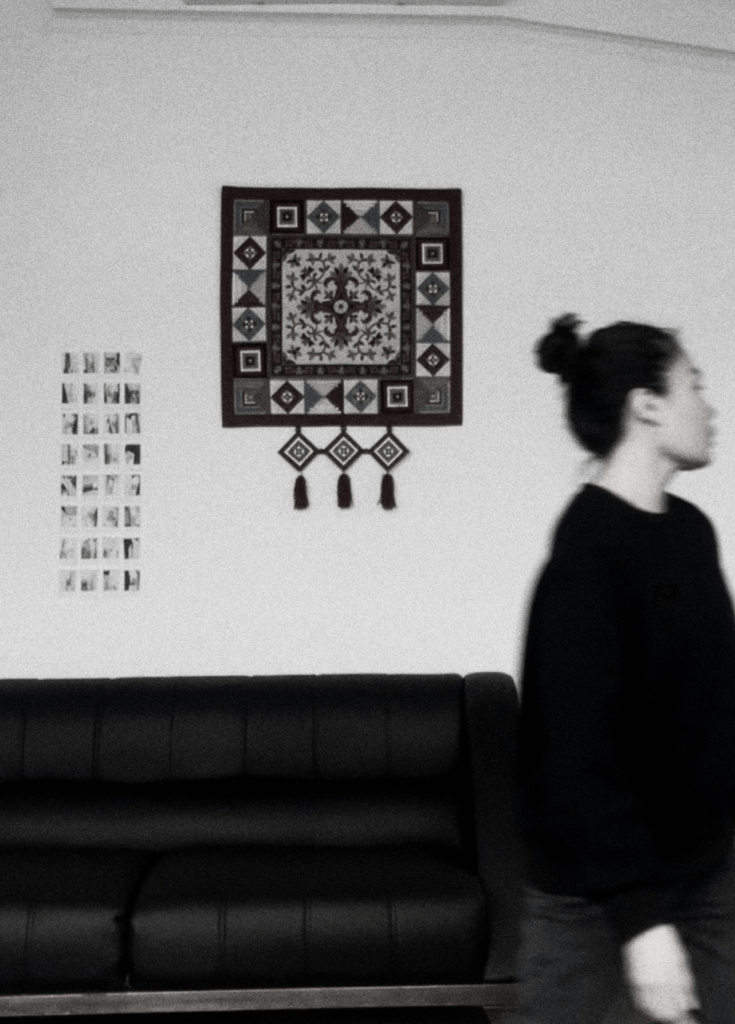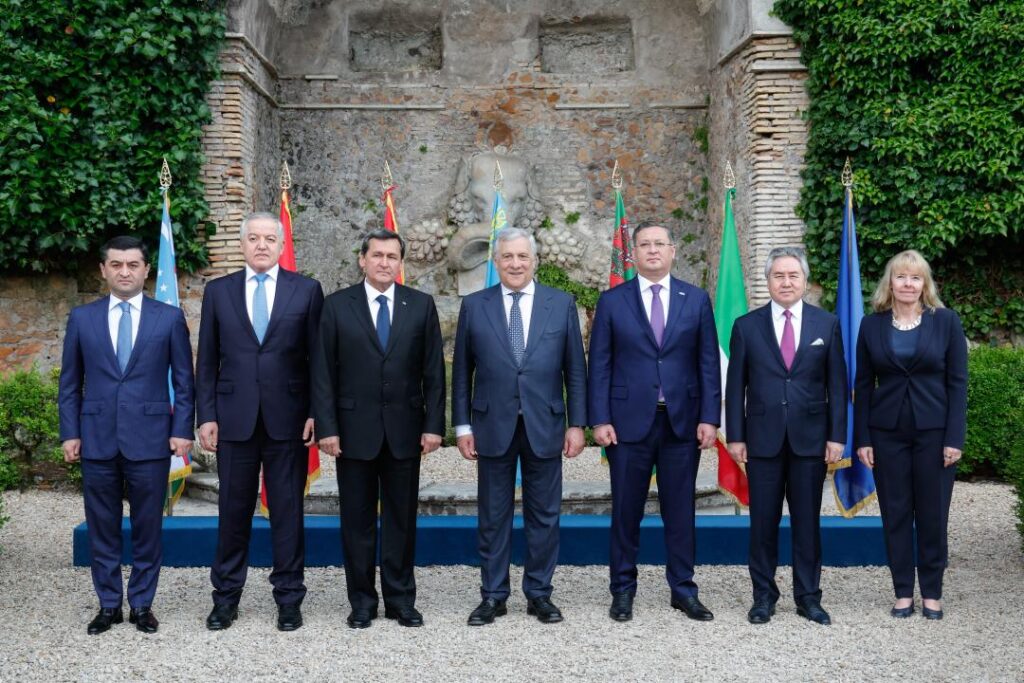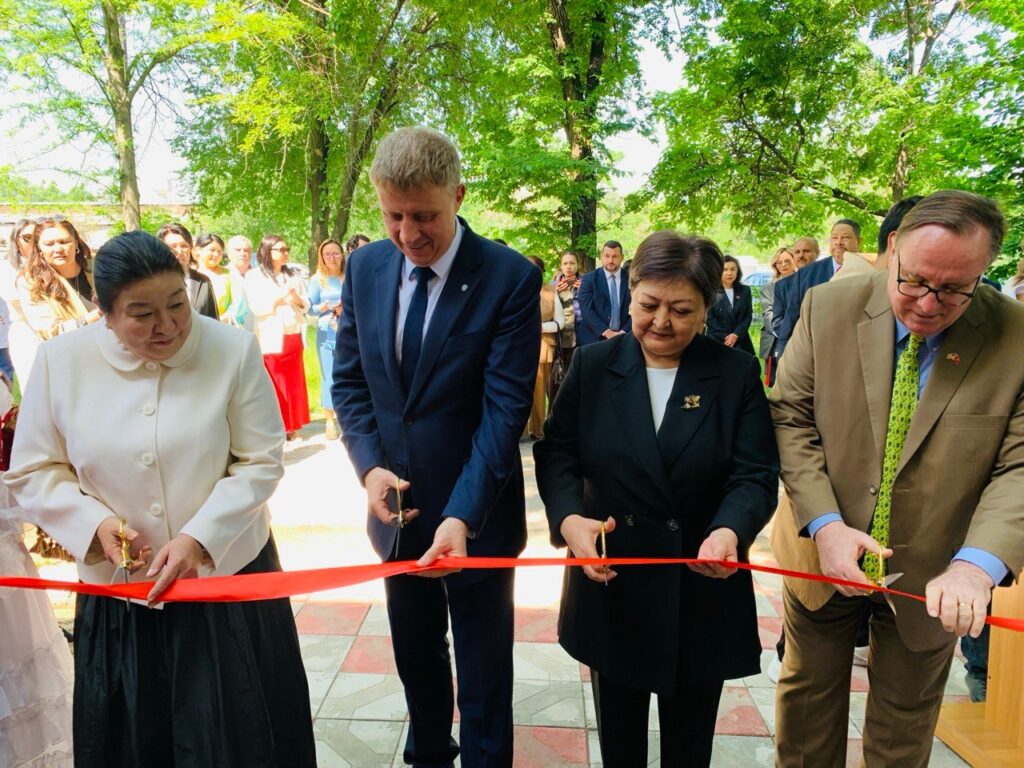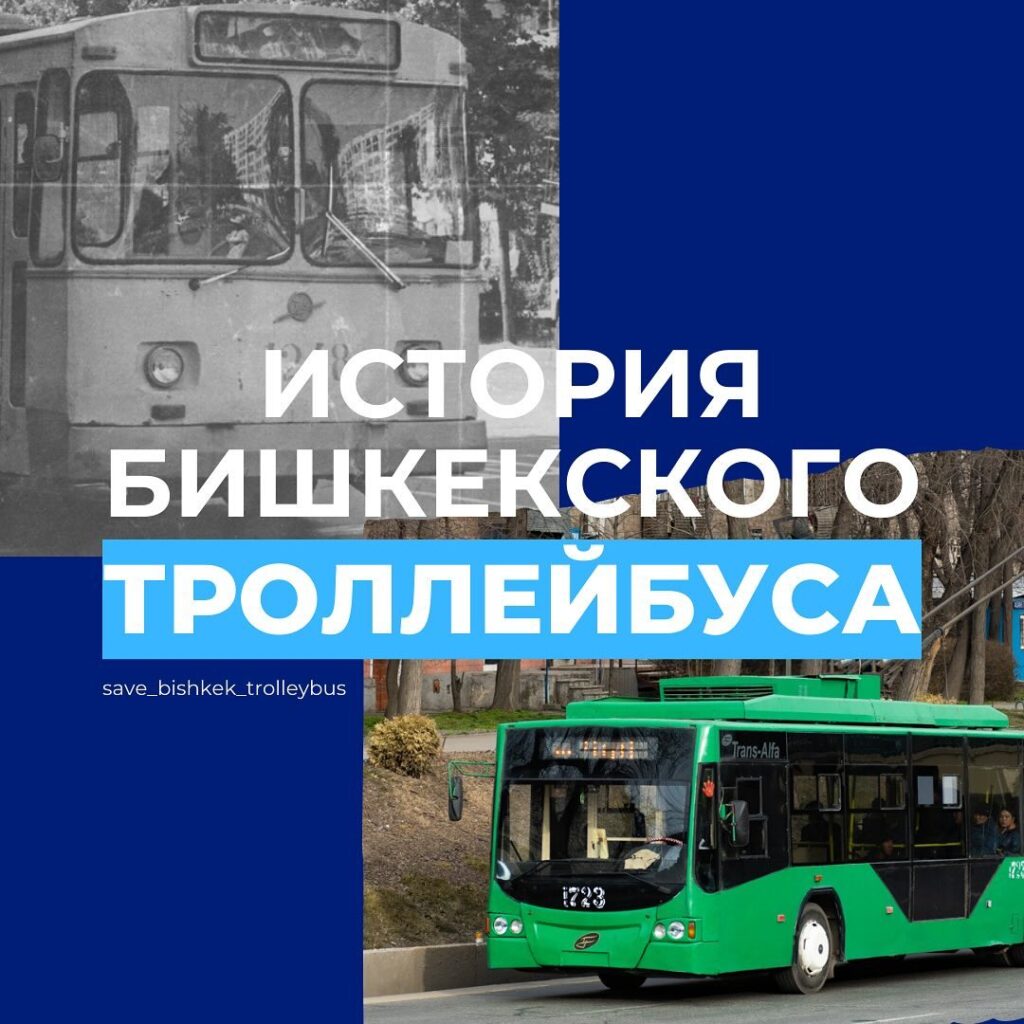An interview with Master Tattoo Artist, Zarema Kubanychbekova In recent years, there has been a growing interest in representing traditional, national ornament in the art of tattooing in Kyrgyzstan. TCA met Zarema Kubanychbekova, a talented tattoo artist with nine years' experience, to discuss this trend and its peculiarities. TCA: How did you become involved in the tattoo industry? I first picked up a tattooing machine on October 17, 2015, almost 9 years ago. It was challenging but exciting. I have been drawing since early childhood, literally from kindergarten, and subsequently all my activities were somehow connected with creativity, but I never imagined that my life would be connected with tattooing. The decision to embark on this path was absolutely spontaneous, but after completing my first piece, I was in no doubt that it was exactly what I wanted to do. [caption id="attachment_19780" align="aligncenter" width="431"] Zarema[/caption] TCA: What can you say about the popularity of tattoos incorporating traditional Kyrgyz motifs? There is definitely a trend, and it is good to see. I believe that it is mostly because people have begun to value their roots and culture. A lot of tattoos are made for people who travelling abroad, want something to remind them of home. Tourists regard them as souvenirs of their time spent in Kyrgyzstan whilst locals want something to remind them of their origins. TCA: What features of Kyrgyz ornament do you use most frequently in your work and what do they symbolise? Some time ago, we collaborated with a client on the idea to ‘embroider’ the ornament on the skin. In other words, to replicate the texture of threads to make it resemble a ‘tush-kiyiz’ or traditional wall-hanging. It came together somehow by itself, although the initial request was for a simple contour work, and the result was both highly unusual and beautiful. I often create patterns inspired by petroglyphs using point by point (dot work), which is interesting, because motifs were originally applied to these ancient stones by almost the same method. Each ornament has its own unique meaning, and people generally choose those which best resonate with them. [caption id="attachment_19779" align="aligncenter" width="476"] artist's own tattoo[/caption] TCA: Do you consider such tattoos a form of self-expression? Yes; in recent years I have noticed more and more, people's desire to express themselves through their ethnicity and love for their land. It's great! TCA: What are the difficulties or peculiarities of creating tattoos from traditional motifs compared to other styles? There are no particular difficulties as such. There was however, a case whereby my client and I consulted with a woman specialist in runes/ornaments to clarify how best to marry two symbols so that when combined, they would not lose their meaning. [caption id="attachment_19781" align="aligncenter" width="494"] Zarema[/caption] TCA: How do you view the future of this current trend in Kyrgyzstan? I think the theme of Kyrgyz ornamental tattoos will always be relevant. Time passes, the world changes, but our roots remain solid.





